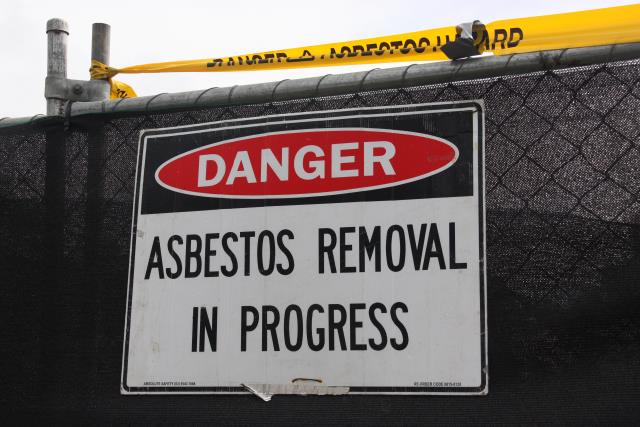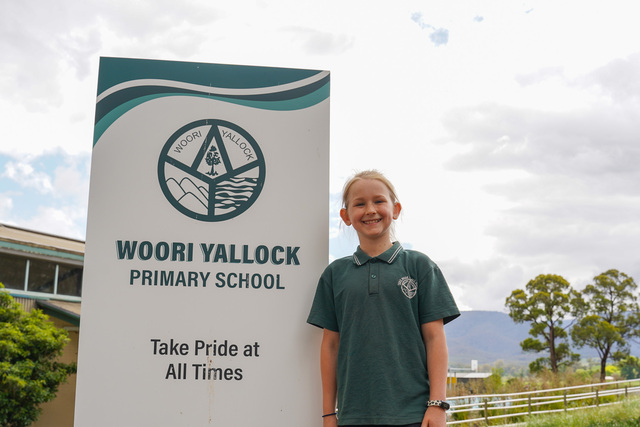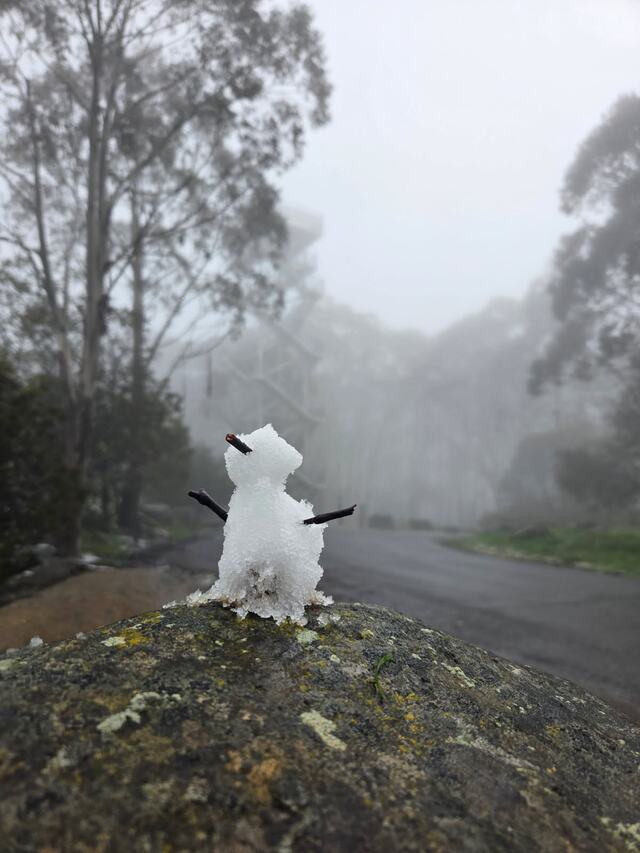The Asbestos Safety and Eradication Agency has launched a new information campaign to remind everyone of the dangers of asbestos, something which Upper Yarra residents are acutely aware of.
A large portion of buildings in the Upper Yarra, from residential properties to workplaces and schools contain the dangerous dust withing their buildings and anyone looking to build or renovate must be aware of how to identify and dispose of it.The Asbestos Safety and Eradication Agency CEO of The Asbestos Safety and Eradication Agency Justine Ross says it is vital buyers, sellers, renters and landlords are aware of their rights and obligations, when buying, selling or renting a home
“The campaign will encourage sellers to disclose the presence of asbestos in their properties, to minimise the health risks for buyers. In some states and territories, they may be legally obligated to do this,” said Ms Ross.
“Similarly, we want landlords to identify, disclose and manage the presence of asbestos in their properties, to minimise the health risks for renters. Landlords may also be eligible for tax deductions for asbestos testing and removal.”
Asbestos was commonly used as part of building materials up until 1990, so any homes or buildings built prior can contain asbestos both inside and outside. Asbestos is still found in 1 in 3 Australian homes.
“The outcome we are hoping to achieve is to educate buyers and renters about how to stay safe around asbestos, by understanding where it might be in a home and how to manage it appropriately,” said Ms Ross.
The danger of asbestos comes from its confirmed links to causing cancer, as well as mesothelioma and asbestosis. It becomes hazardous when damaged, disturbed during renovation or repairs or deteriorating.
A tool to help identify asbestos as well as more information for workplaces, households and builders and traders can be found at www.asbestos.vic.gov.au/
An asbestos sample must be tested by an asbestos laboratory approved by the National Association of Testing Authorities (NATA) as one cannot confirm just by looking at it. Professional occupational hygienists, licensed asbestos removalists or a NATA accredited asbestos laboratory can collect samples.







